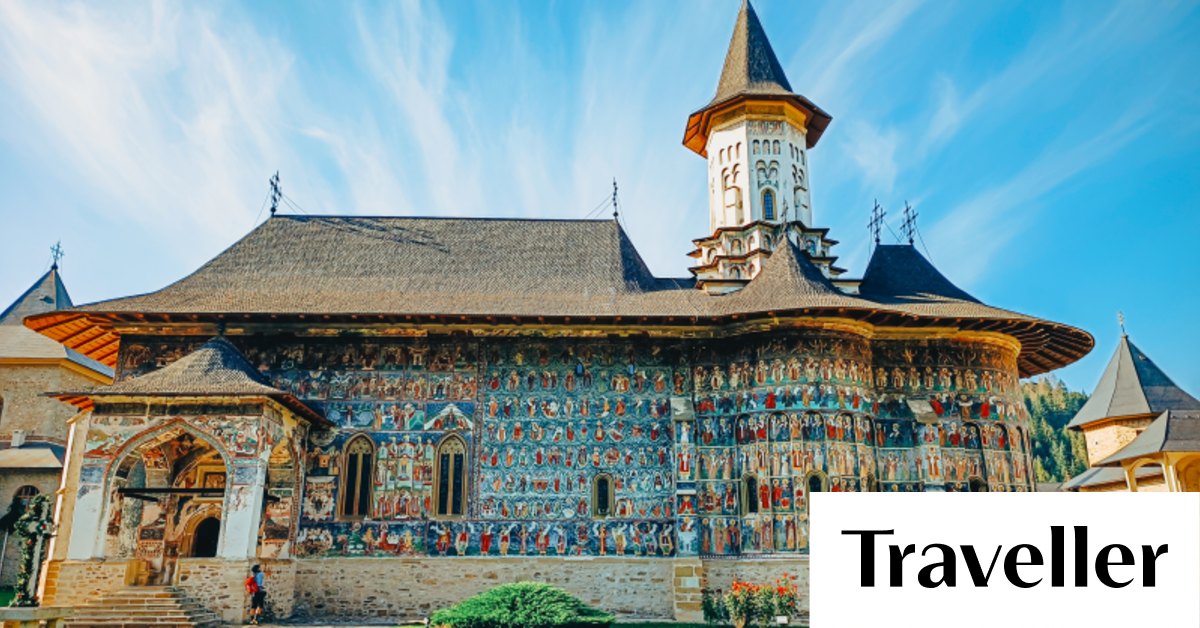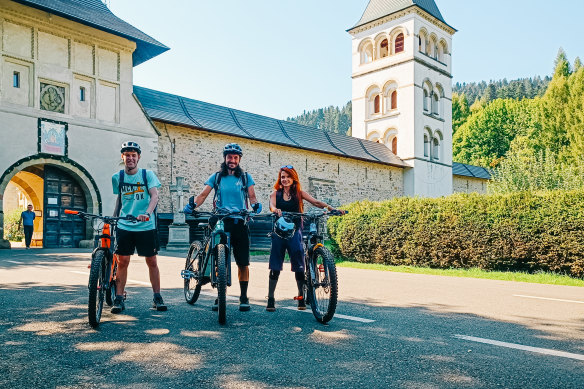Travel
Europe’s ‘magnificent’ new 1400-kilometre walking and cycling trail

Traversing Romania from Putna in the north-eastern Bukovina region to Drobeta Turnu-Severin on the banks of the Danube, Via Transilvanica is a 1400-kilometre trail through 2000 years of European history.
An achievement of the Tasuleasa Social project, an NGO focused on environmental, educational, social and cultural issues, the trail was only launched in 2022, but it has already garnered the prestigious Public Choice Award in the 2023 European Heritage Awards, with one voter describing it as “a truly magnificent project encompassing outstanding nature, trails and cultural heritage.
“This is the adventure of a lifetime, literally time travel to old Europe, to ancient villages, monasteries and medieval castles. Via Transilvanica is a golden string that ties all these pearls into an amazing experience”.
Marvel at medieval castles.
Having hosted guests in Romania since 2015, 18 months ago, UK-based tour company The Slow Cyclist started designing a new itinerary in the Bucovina section of the Via Transilvanica, which launches to the public on September 14 with a five-day trip.
Participants in the small-group tour will travel on foot and by e-bike through Bucovina, “way off the beaten track, along rugged trails and across majestic peaks that take them into the heart of a region that very few get to explore”.

‘Old Europe’ on two wheels.
Cycling days will cover around 40 to 55 kilometres a day, and walking sections include long and sometimes steep ascents, but The Slow Cyclist founder Oli Broom promises it is worth the effort.
“I first visited Bucovina in late 2014,” he says. “I loved it, but the area’s terrain means it’s more suited to those looking for a challenge than a genuinely slow roll. I’m so excited about the Via Transilvanica opening up this magical corner of Romania to more travellers.”
The itinerary’s highlights include visits to Bucovina’s UNESCO-listed 15th- and 16th-century painted monasteries, such as Sucevita, built in 1583, as well as Vatra Moldovitei. Another stop-off is The Museum of the Painted Eggs, home to more than 11,000 intricately painted pieces of art traditional to the Bucovina region.










